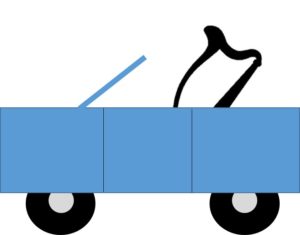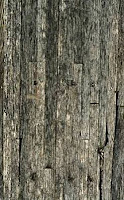If you have ever contemplated going on a trip with your harp (like HARPA 2015 Scotland?) you will quickly come to realize that you have to get your harp where you are going too! Like air travel isn’t challenging enough! There are a few questions you need to ask yourself:
First, you need to assure you have the right harp for your trip. Are you going to be playing to amuse yourself? Will you be sharing with friends? Will you be performing? Are you taking your only harp? This will help you decide the size harp you’re going to bring.
 Second, you’ll have to decide where your harp will make the journey. This will be decided primarily by the size you’re your harp. If your harp is small enough, you can carry on and use our soft case.
Second, you’ll have to decide where your harp will make the journey. This will be decided primarily by the size you’re your harp. If your harp is small enough, you can carry on and use our soft case.
Although there are small harps that will fit, typically even small harps are too large to go into the overhead. Be sure before you go if your harp will fit. Do not wait until the day you travel – it would be disappointing to get to the airport assuming you will carry on, learn you will have to check, and have nothing more than the soft case. In addition, while I used to be an advocate for carrying on, nowadays with packed planes and overhead hogs aplenty, it is a bad idea to pack assuming you will get bin space – you should be ready to have to gate check!
Third, if you are going to send your harp as checked luggage, it is essential that you get a hard protective case or crate. In some cases, the case is a crate with a handle! However, a good hard case will protect your harp and allow you to carry your harp through airports, train stations, and hotel lobbies safely and comfortably. And remember that you will need to include the possibility of oversized luggage fees in your planning.
There are a number of case makers available with different approaches so you can select the case that looks to support your budget and style of travel. Consider the following elements – the overall weight (include the harp in your thinking!), the placement of handles (really think about how you’ll move this through the airport, into and out of the car, bus, taxi), and the good sense of including wheels, pockets and identifying marks. All of these things should factor into your decision when selecting your case.
Flying with your harp does require some planning but don’t let that stop you – get out there!










